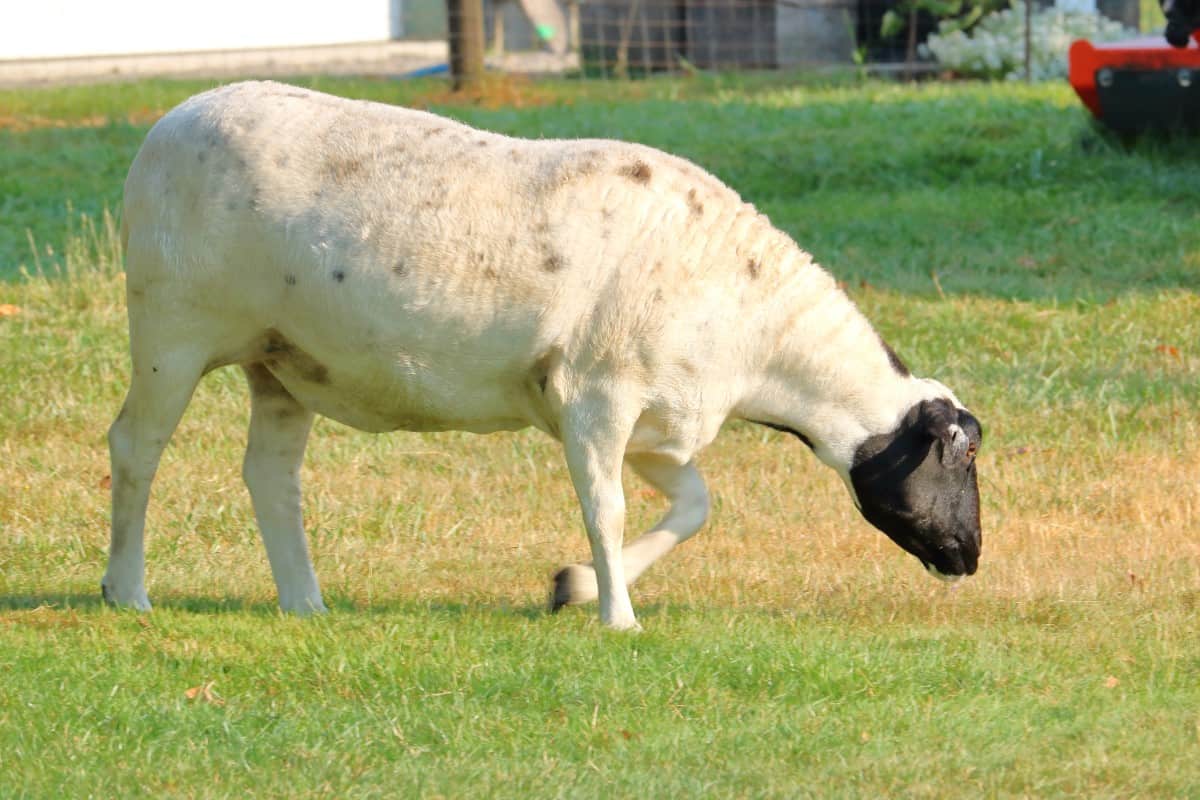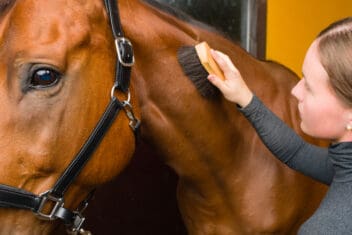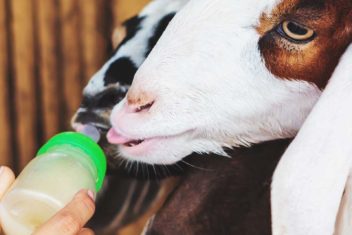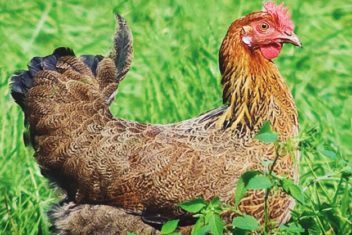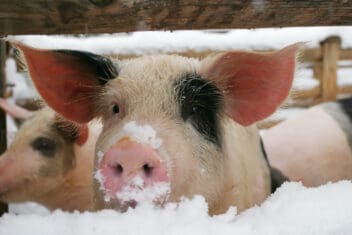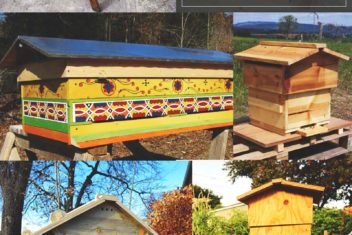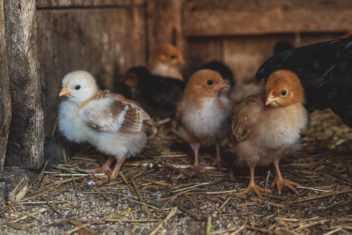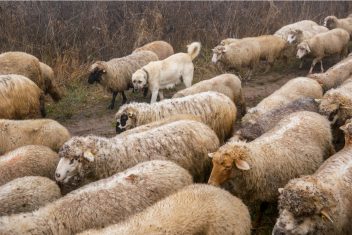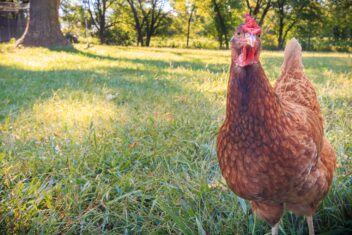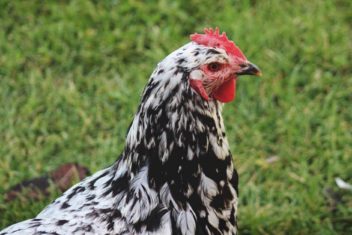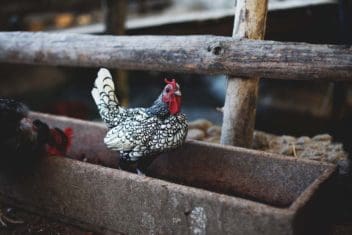In a pasture, where sheep and goats roam freely, they can contract various diseases or injuries. Unfortunately, these often result in lameness.
For example, footrot is an infection of the feet that often results in a limping animal and can lead to serious illness, injury, or death.
In some cases, lameness might not be a serious, life-threatening ailment, but it can cause serious discomfort for your animal.
In this article, I’ll tell you all about the many potential causes of limping in sheep and goats and how to treat them for their lameness.
Why is Limping in Sheep and Goats Problematic?
Limping, often referred to as lameness, is a problematic condition on its own. It means that there is some sort of injury or illness that is plaguing your animal and must be addressed.
However, it can also cause major animal welfare and economic problems, too. An animal who is limping and in pain will spend much less time grazing and feeding, and more time lying down.
This can lead to a poor body condition and difficulty lambing or kidding (including the loss of unborn fetuses). It can also cause poor growth rates in lambs, reduced fertility, and so on.
Lameness often resolves on its own. This is especially true when it’s related to something as simple as a scratch or minor injury on an animal’s hoof. Sometimes, though, it does not. This can cause major long-term problems such as a failure to thrive, lethargy, weakness, and even death due to malnutrition.
Of course, there are predator concerns to deal with, too. Obviously, an animal that cannot run away from a threat is going to be much more susceptible to predation.
This is especially true for young lambs.
These young animals are vulnerable to traditional sheep and goat predators like coyotes, wolves, and bears, but also smaller predators like large raptors, foxes, and domestic dogs.
Causes of Limping in Sheep and Goats
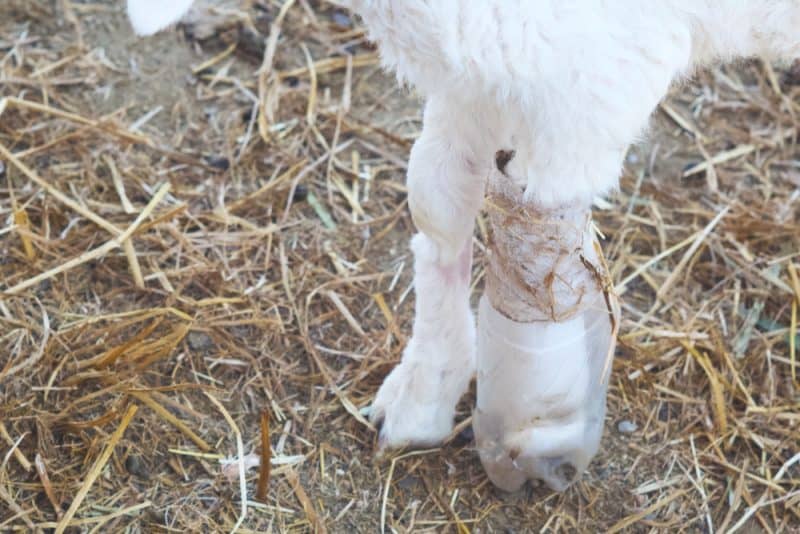
The first step you need to take with treating limping and lameness in your animals is to first identify the cause.
While most incidences of limping can be treated with the same basic steps, they are far more likely to return with a vengeance if you don’t figure out what caused them.
You also need to work to prevent them in the future.
Here are some of the most common causes of limping in sheep and goats that you might see. Although, this list is by no means exhaustive.
Some other causes of limping that aren’t covered here (primarily because they are less common) include shelly hoof and white line disease.
1. Scald
Without a doubt, scald is the most common cause of lameness – especially in sheep. It is the most common in wet, warm conditions, such as those found in the early spring.
Scald is easy enough to treat on its own. However, left unaddressed, it can be a precursor to more serious causes of lameness. Therefore, if you suspect scald, you must address it immediately.
This disease is far more common in lambs than in ewes.
A bacterial disease, it is caused by Fusobacterium necrophorum. This is a bacterium that is naturally found in the environment but becomes problematic when conditions are wet.
Your sheep and goats can acquire it while they are out grazing or when they are locked inside the barn.
It usually targets the skin between the claws, causing the area to become sore, swollen, inflamed, and covered by a thin bit of white matter.
There shouldn’t be any smell coming from the hoof – an odor indicates another problem to be dealt with instead of scald – and fortunately, there is also no under-running of the hoof wall.
That being said, it’s not a disease to be taken lightly. It can still lead to major lameness in your flock or herd.
2. Footrot
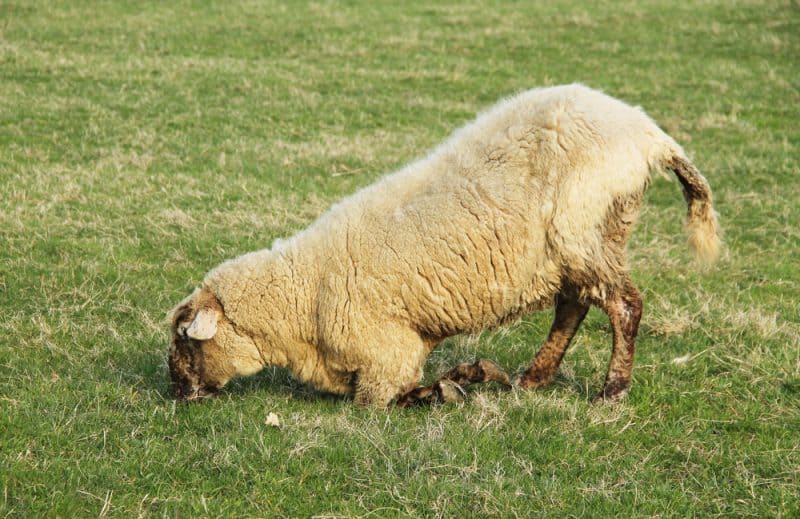
Another common disease—footrot—is very painful to animals. It is also very contagious. If you suspect footrot, it’s a good idea to isolate affected animals as quickly as possible.
With footrot, the most obvious sign of infection is that the animal will carry the affected leg.
It might also lay down for abnormally long periods of time.
You may find animals walking on their knees, too, particularly if both legs are affected.
The scary thing about footrot is that it can cause your animals to decline rapidly in health. This can cause a loss of body condition practically overnight.
Inspect the feet of your animals if you suspect footrot.
Two kinds of bacteria cause it, one of which is the same type that causes scald, and the other kind being Dichelobacter nodosus.
You’ll notice swelling and wet areas around the hoof, along with a break where the skin horn joins. You will also see infection spreading beneath the tissue of the horn, often totally separating the wall of the hoof.
Again, wet conditions make footrot more likely, as does housing sheep in damp, warm barns.
The main difference between footrot and scald, besides the horn separation, is that you will notice a foul smell coming from the hoof with footrot.
An affected hoof is also much more likely to be fly-struck.
3. CODD
This relatively new disease in sheep, contagious ovine digital dermatitis (CODD) causes lameness and can lead to total hoof loss.
A lesion typically begins at the coronary band of the foot and runs down toward the toes, often resulting in a whole hoof capsule lost to damage.
Even if there is no more horn growth after such trauma, it’s not clear that this will be enough protection against further injury or infection from outside sources like mud puddles.
The open wounds, combined with water and dirt particles, can make this the perfect breeding ground for bacteria.
Often, a foot is so badly injured from CODD that the horn can’t grow back normally.
You’ll know it’s CODD rather than any other disease because the foot will often have hair loss. There is often no swelling or irritation of any kind between the digits, either.
It’s a disease that is not very well understood. What is known is that it can be caused by several different kinds of bacteria.
Because of this, you’ll have to quarantine sheep upon arrival at your farm. Only purchase ones you know are healthy. Be sure to inspect them carefully before the purchase and during the quarantine period, too. You may end up having to use an antibiotic for affected animals.
4. Granulomas
Granulomas, typically seen in the toe, are painful red swellings that are usually caused by over-trimming hooves or chronic irritation from wounds or lesions that went untreated.
These are very easy to diagnose – you’ll see the red, almost bloody-looking area. However, granulomas often need to be treated by a vet. They are very difficult to get rid of without the proper medications.
5. Broken Bones
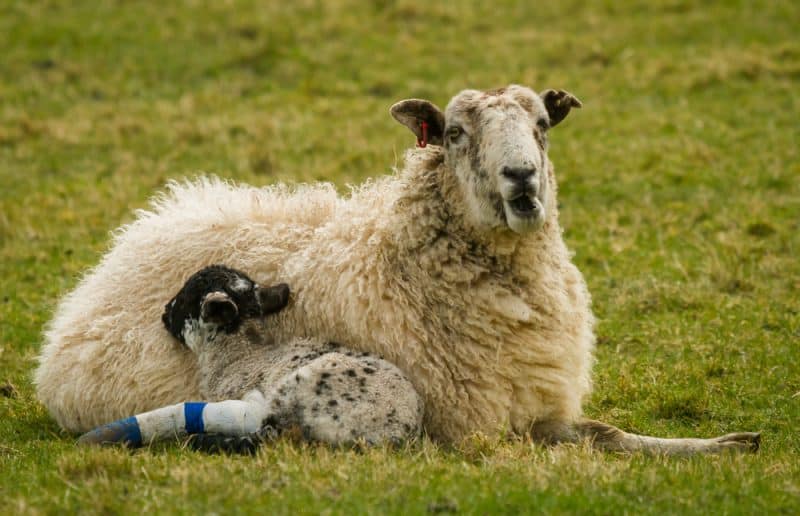
Of course, a broken bone might be the cause for your animal’s lameness or limping, too.
This one is pretty easy to diagnose – you’ll likely see the area where the bone has snapped and there will be significant swelling.
You should always contact a veterinarian for treatment, as the bone will likely need to be set and medications administered.
Unfortunately, broken bones can be catastrophic for many sheep and goats. This is because it can lead to an unwillingness to eat and move around as normal.
Treating Limping in Sheep and Goats
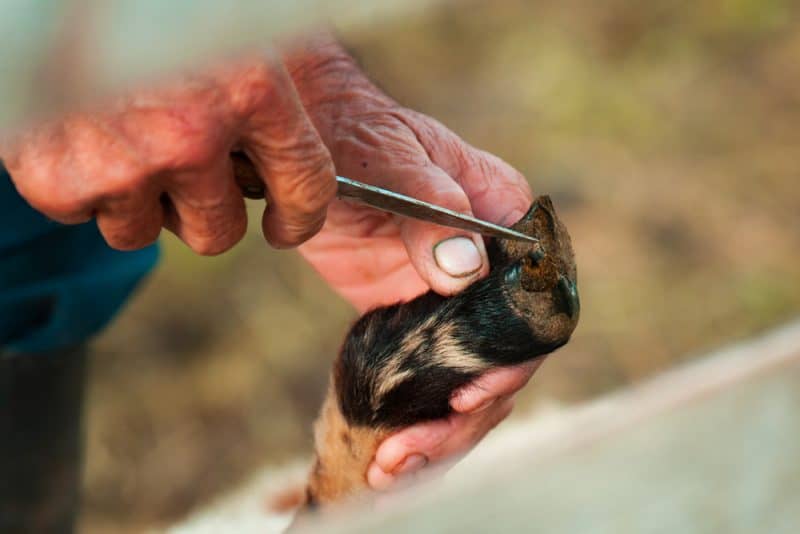
There are several steps you should take if you have any animals that are limping or suffering from lameness on your farm.
For example, avoid high stocking densities, both in the barn and out on pasture. This will lower your areas of damp bedding and can also reduce the rates of infection. Rotational grazing is one management practice that can dramatically reduce the likelihood of lameness.
If you notice any animals that are affected by any foot-related issue, isolate them immediately.
Also, make sure you trim hooves regularly.
This will give you the time you need to inspect your animals’ feet for potential problems. It can also serve the purpose of alerting you to issues before they become dangerous. Regular trimming can also prevent diseases or infections from arising in the first place.
Even if you think you know what’s causing your animal’s lameness, it’s a good idea to get a vet in on the action. You may need to administer painkillers or antibiotics, which only a vet can prescribe for your animals.
After addressing all the tips above, you can then move on to treating limping in sheep and goats. That way, your animals can get back up and running quickly.
When it comes to scald, you will probably need to give your animals a footbath in a solution of 10% zinc sulfate or 3% formalin. This often needs to be done weekly until the weather clears and things dry up.
Make sure your sheep stand in a dry area after their foot baths. This way, the solution can dry on the feet and take effect.
Be careful about using more than the recommended concentrations of the solutions. This can irritate the skin between the digits.
Again, with footrot, trimming hooves is of the utmost importance.
A footbath like you might give for scald can be effective, as can topical antibiotics (you may also need to use anti-parasitic if flystrike has set in). There are vaccinations available for this disease, too.
Identify the Cause of Limping First – Then Treat
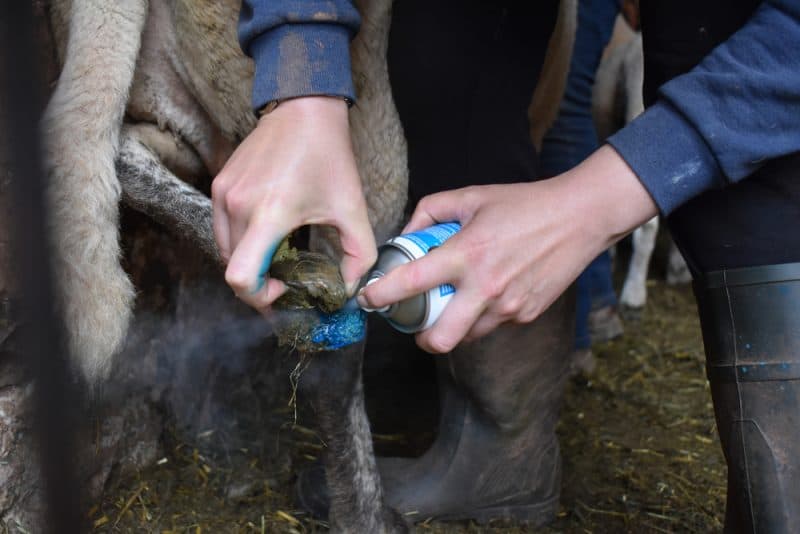
One of the most common reasons an animal may limp is because they have a sore on their hoof. This can be caused by wet surfaces, which create a slippery surface and increase the chance of lameness and slipping.
While this is a relatively innocuous cause of lameness, there are so many other conditions that can cause limping that it’s important to figure out the root cause as quickly as possible.
The goal for any person who has an animal limping should be to find out what is causing it as soon as they can.
That way, a good treatment plan may begin – and you can work to prevent future issues with this condition from arising.
Take the time to gain the right knowledge about hoof health and a bit of experience and vigilance in working with your sheep and goats.
Then, you can prevent any troubles with limping from getting underfoot!
